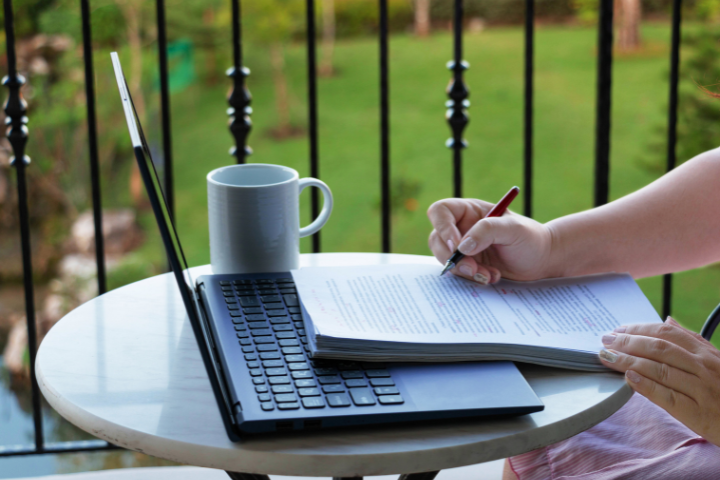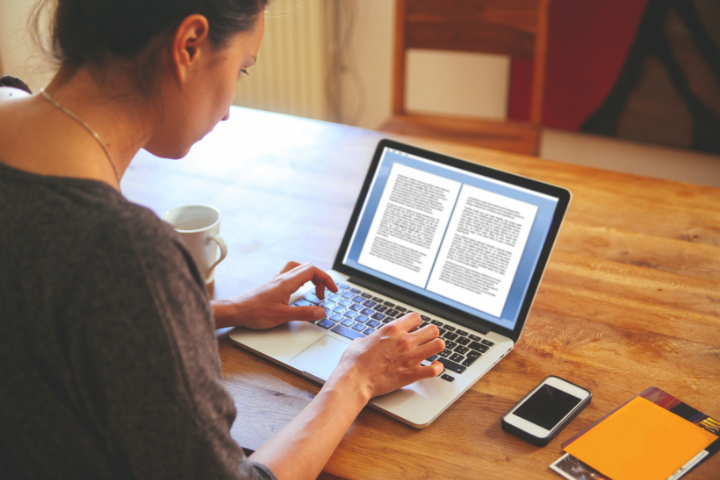Cover image

Body
If you write anything at all, chances are you’ll sometimes have to proofread it yourself. Here are 11 tips to make the job easier.
- Get a friend to do a quick once-over
Even if you have to do the detailed proofreading yourself, a quick read-through by a colleague or friend will still help. Spotting mistakes in other people’s work is much easier than checking your own work.
- Leave it a while
Time away from your writing gives you fresh perspective and helps you see where the problems are. Leave it for as long as you can before you re-read it. You’ll be amazed at what you spot with fresh eyes.
- Print it out
Reading your work on paper instead of on the computer screen helps you see it in a new way. It also makes it easier to cover bits up, get closer, and focus on one line at a time.
- Keep your style sheet and style guide handy
If you’re working on a long document, you might keep a style sheet while writing to record things like specialist words, capitalization, and hyphenation. If your organization has a style guide, get to know it. Keep both of these things handy while you’re proofreading. They’ll help you make everything consistent.
- Get rid of distractions
Perhaps the hardest thing about proofreading is concentrating. Make it easier to focus by clearing away clutter, switching off the internet, and taking the phone off the hook.
- Slow down
Because we usually read for meaning, we’re not used to focusing carefully on each word. To pick up errors, you need to slow down and look at each word in turn. Be aware that this sort of concentration is hard. Your mind will wander. Focus hard for short bursts and give yourself plenty of breaks.
- Know what you’re looking for
As well as checking spelling and punctuation, proofreading means checking numbers, headings, page headers and footers, page numbers, graphics, tables, cross-references, and formatting, among other things. You need a good list to keep you on track.
- Check one thing at a time
You won’t be able to check for everything at once. For example, you can’t check formatting while you’re concentrating on spelling. A better approach is to check one thing at a time.
- Sound it out
Find some space away from other people and read the text aloud. If you prefer, read silently but sound out each word in your head. For long words, you can even sound out each syllable to help you spot missing letters.
- Use your technology
Use Microsoft Word’s spellchecker. Set the proofreading language to make sure you’re applying the spelling used in your country, then use the ‘Ignore’ and ‘Add’ commands to build a dictionary customised for you. Zoom in so any mistakes will be easier to see. Also, use Word’s ‘Find’ function to check the consistency of terms you’ve used a lot.
- Accept that nothing’s ever quite perfect
Your best proofreading often happens after you’ve sent or published your writing. This is known as Murphy’s Law. Don’t worry — even award-winning novels have the occasional typo. This just shows that writers, editors and proofreaders are human too.
This guest post is by Write — a world-class plain language consultancy based in New Zealand. Like Eclectic, Write helps individuals and workplaces transform how they communicate. As well as offering insightful consultancy, expert writing services, and bespoke training, Write is the founding sponsor and host of New Zealand’s Plain English Awards. They also write a much-loved blog, where this post first appeared.








